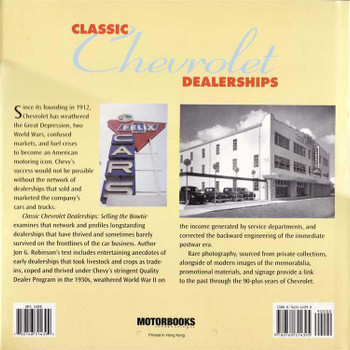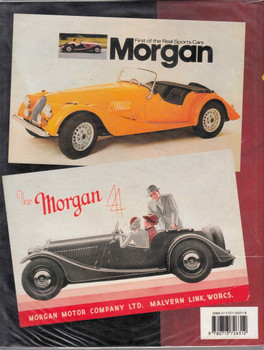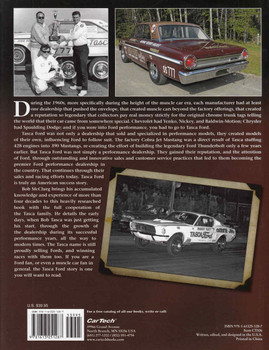Description
Authors: Bob McClurg and Andy Willsheer, Hardbound, 112 Pages, ISBN: 9781859150221, 1st Edition, 1997
Virtually every successful advertising executive in history has lived, and died, by the credo, "It pays to advertise, and advertising pays!" Of course, it never hurts to be able to advertise a product that consumers will almost certainly purchase, and purchase in substantial quantities. That was exactly how the management of Ford Motor Company felt the day they unveiled their exciting new "personal car", the Ford Mustang, on April 17, 1964.
However, Ford also knew that they were charting previously unexplored territory. After all, their newly introduced Mustang broke with tradition by being America's first affordably priced, four-seat "personal car". In light of the rather large investment required to bring this new product to market, it was judicious that the American motoring public be made well aware of that fact.
In early 1962, representatives of Ford's long-standing advertising agency, J.Walter Thompson Inc, and JWT/Ford account executives Sid Olsen and Walter Murphy, were summoned to a summit meeting. Present were Ford's marketing director, Lee Iacocca, and Donald Frey, Hal Sperlich and Frank Zimmerman. On the agenda was the tentative marketing strategy for the yetto-be-released (and named) Mustang,
which Ford Division president Robert S. McNamara had scheduled for introduction in mid-1964.
Under consideration as the platform for this "personal car" were concept vehicles like the Allegro and Median, as well as Lee lacocca's Falcon derived XT-Bird. In the end, the Falcon platform would serve as the car's base, although it would be cloaked with a wind cheating body that wouldn't resemble anything like the boxy Falcon.
But what would they call this exciting creation? During the ensuing months, a variety of names was proposed, including Cheetah, Puma, Thunderbird II, Cougar, Colt, Special Falcon, Torino and Mustang. Thankfully, Mustang prevailed. As history would later record, the name Mustang was considered as "American as hell" in the hallways of Ford's "Big Glass House" in Dearborn, Michigan.
It's possible that even Ford wasn't prepared for the overwhelming response generated by the Mustang's debut at the New York World's Fair. Almost overnight, the car became a favorite among patrons of the Walt Disney Magic Skyway attraction. However, that reaction paled in comparison to what was taking place at Ford dealers across the nation.
Fortunately, JWT advertising executives were well prepared, releasing a barrage of advertisement's, which appeared in magazines such as Life, Look. and Time. These proclaimed: "Mustang —exciting new car from Ford Motor Company.. .show stopper at the World's Fair!" Those initial advertisements were the precursors of hundreds more. all beautifully photographed and illustrated. that the world renowned advertising specialists would produce for Ford during the following 30 years.
In addition to examples of JWT's efforts, Mustang: Selling the Legend includes advertisements produced by other marketing companies for the special Mustangs, built by Carroll Shelby in the mid- to late sixties and, more recently, by Steve Saleen. It also celebrates and chronicles Americana in its purest state. Shown are oft-discarded, hard-tofind, advertising and promotional items enlisted in the sale of America's favorite ponycar: dealer promo models, hats. shirts, jackets, pins, key chains, lamps. cups, glasses and many other fascinating items.
Mustang: Selling the Legend is a celebration of the Mustang in all its forms. but from an informatively stimulating and decidedly different viewpoint. As a result, the authors and publishers hope that, like the automobile itself, it will become a treasured classic.





















